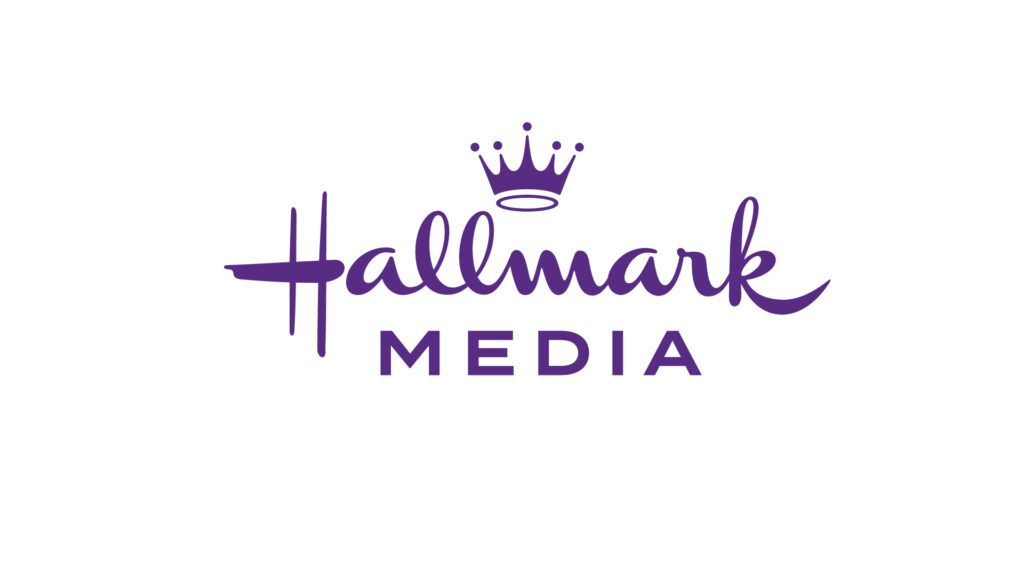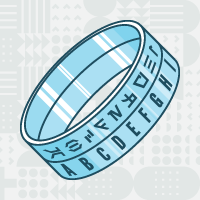Want to market your own product or service over the Internet? Distribute your own e-zine to your customers and prospects. There are several reasons for doing so.
First, the e-zine allows you to keep in touch with your best customers—indeed, with all your customers—at virtually no cost. Because it’s electronic, there’s no printing or postage expense.
Second, by offering potential customers a free subscription to your e-zine, you can capture their e-mail address and add them to your online database. You can then market to these prospects, also at no cost.
Whether you are generating leads or direct sales, there are two ways to sell your products and services to your e-zine subscribers. One is to place small online ads in the regular issues of your e-zine. These ads are usually a hundred words or so in length, and include a link to a page on your site where the subscriber can read about and order the product. Or, you can send standalone e-mail messages to your subscribers, again promoting a specific product and with a link to your site.
My monthly e-zine, The Direct Response Letter (www.bly.com), is not the most successful or widely read e-zine on the planet. But market results and comments from subscribers tell me my simple formula for creating the e-zine—which, including copy and layout, takes me just an hour or two per issue to complete from start to finish—works.
I want to share the formula with you, so you can produce an effective e-zine of your own, sitting at your computer, without hiring a writer or designer, in just a single morning or afternoon.
When you are dealing with a free e-zine (as opposed to an online newsletter which the reader pays for), people spend just a little time reading it before they delete it with a click of the mouse.
I am convinced that most subscribers do not print out the e-zine take it home, and curl up with it on the couch later to read. Therefore, I use a quick-reading format designed to allow the subscriber to read my e-zine online right when he opens it.
In this formula, my e-zine always has between five and seven short articles. They are usually just a few paragraphs each. Every article can be read in less than a minute, so it never takes more than seven minutes to read the whole issue, though I doubt most people do. I advise against having just a headline and a one-line description of the article, with a link to the full text of the article. All this clicking forces your subscribers to do a lot of work to read your articles, and that’s not what they want.
I do not use html: my e-zine is text only. That way it is easy and inexpensive to produce. I don’t “make a production” out of it; it’s just straight type. Many readers have told me they like it this way, and that they don’t like html e-mails, which look (a) more promotional and less informational and (b) seem to have more to read.
When preparing your e-zine for distribution type your copy, in a single column, in Times Roman or another easy-to-read typeface.
The column width should be 60 characters , so you can set your margins at 20 and 80. However, to make sure the lines come out evenly, you must put a hard carriage return by hitting “return” at the end of each line.
There are a variety of services and software programs for distributing your e-zine as well as your e-mail marketing messages to your online database. I use and recommend Bulking Pro (www.bulkingpro.com).
My frequency is monthly, though occasionally I do a second issue if there is major news that month.
I am a freelance copywriter. Let me show you specifically how having an e-zine helps bring in business for me.
I recently gave a speech on software direct marketing. It was recorded, so I had audiocassette copies made. In my e-zine, I offered the cassette free to any subscribers involved in software marketing—potential clients for my copywriting services.
Within 24 hours after I distributed the e-zine, we received over 200 inquiries from marketing managers at software companies, many of whom needed copy written for direct mail and e-mail to promote their software.
By comparison, most copywriters tell me that when they send postal direct mail to a list of prospects, they average a 2% response. At that rate, they would have to send out 10,000 pieces of mail to generate the 200 leads I got in an hour for free.
That’s what an e-zine can do for you. Once you build your subscriber list, you have an incredibly powerful marketing tool and the most valuable asset your business can own: a database of buyers with e-mail addresses and permission to mail to them at any time.
Monitor the ROI from your e-zine carefully, especially with respect to the investment of your time you must make producing it. Is your free e-newsletter delivering a return on investment? If you’re spending hours or days a month creating and delivering an e-newsletter whose primary goal is to generate leads or sales, and you’re not showing a measurable bump in either, then stop the presses.
How much self promotion versus useful how-to tips should be in your e-zine? According to Deb Weil, “Best practice guidelines recommended a 70/30 or even 80/20 ratio of content to promotion for e-newsletters.”
But if you’re giving away too much free content and never “making the ask” for a sale, your readers may not be motivated to buy. Why should they? They’ve got a good thing going, and they’ll enjoy it as long as you’ll dish it out.
You might need to tinker with your ratio or experiment with gracefully intertwining a promotion with your content. If they’re related, readers will want to learn more.
As for frequency and consistency of publication, it’s all in the eye of your reader. For some people, receiving your e-newsletter once a month will seem frequent. For others, that much of the gap between issues means your newsletter will lack a recognizable punch. Better to stick to a consistent schedule, whether it’s once a week, twice a month or less often. Bottom line: You’ll never make everyone happy.
Copywriter John Forde offers the following tips for writing an engaging e-zine:
*Always remember that your reader is much smarter than you think. Even while educating or informing, never talk down. And never think the readers won’t notice when you haven’t done your homework.
*Your readers prefer stories to lists of facts. You’ll find it a lot easier to hold onto human interest by putting plenty of human interest angles into the articles you’ll write (e.g., marketer Joe Vitale recently ran an article, “How Mark Twain would Write Online.” He could have just listed points. But instead, he gave his lesson a face we could all identify with.)
*Your reader expects profundity. The deeper you can take your reader, the more you can expand his mind, the greater your editor-reader relationship will be, the more he’ll recommend your e-zine to friends, and the longer he’ll stay active on your mailing list.
*Trust encourages action. Relationships like the ones we’ve been talking about are built on trust. The more the reader trusts you, the more genuinely he trusts his message, and the more likely he is to take the action you recommend.
*You reader expects imperfection. There’s a reason we laugh hardest at comedians who aren’t afraid to make fun of themselves. Showing an occasional weakness actually confirms your strength of character. And gives your writing a personal, human appeal.
*Your reader expects emotion. Getting personal means getting emotional But be careful in two ways. First, realize that even zealots can only go so far. Be passionate about your position, but not crazed. Second, good writers express the full range of emotions over time (fear, greed, anger, desire, vanity, etc.) You can’t fake this. But don’t suppress it in your e-zine copy either.
*Give both need-to-know and want-to-know information. No question, the most valuable e-zines educate readers. But remember, your e-zine subscribers will want to be entertained as much as they’ll want to be informed. Think of it like the difference between the college professor who bore listeners at a cocktail party…and the master storyteller who builds a circle of guests around him, all leaning in to hear more.
*Reinforce the old, introduce the new. When you’re writing an e-zine, it’s true you’re almost always “preaching to the choir.” Which means a lot of your e-zine copy will appeal to the suspicions, opinions, and principles you and you readers already share. But just as much, you have to make sure you introduce, amplify, and illuminate a new direction for your readers to take. By repeating core ideas, you reinforce your readers’ good feelings about your e-zine. By saying something new, however, you also provide understanding.
Robert W. Bly is a freelance copywriter specializing in direct marketing. This piece is excerpted from his new book, “The White Paper Marketing Handbook” (Racom Communications and Thomson, 2006). Reprinted with permission of South-Western, a division of Thomson Learning: www.thomsonrights.com. Fax 800-730-2215. Copies are available online at: http://www.racombooks.com.
 Network
Network

